If you’re planning a trip to Peru and Machu Picchu, you’re probably considering hiking the Inca Trail — one of the most iconic treks in the world.
This ancient path, once used by the Incas to reach the sacred citadel, is now one of the top choices among travelers visiting Peru. To help you prepare and get the most out of your adventure, we’ve created this ultimate guide with everything you need to know about the Inca Trail to Machu Picchu.
What is the Inca Trail, exactly?
What most people know about the Inca Trail is that it’s the original path created by the Incas that led to the fortress of Machu Picchu. Although this is true in part, it’s a little bit more complex. Let’s get into it!
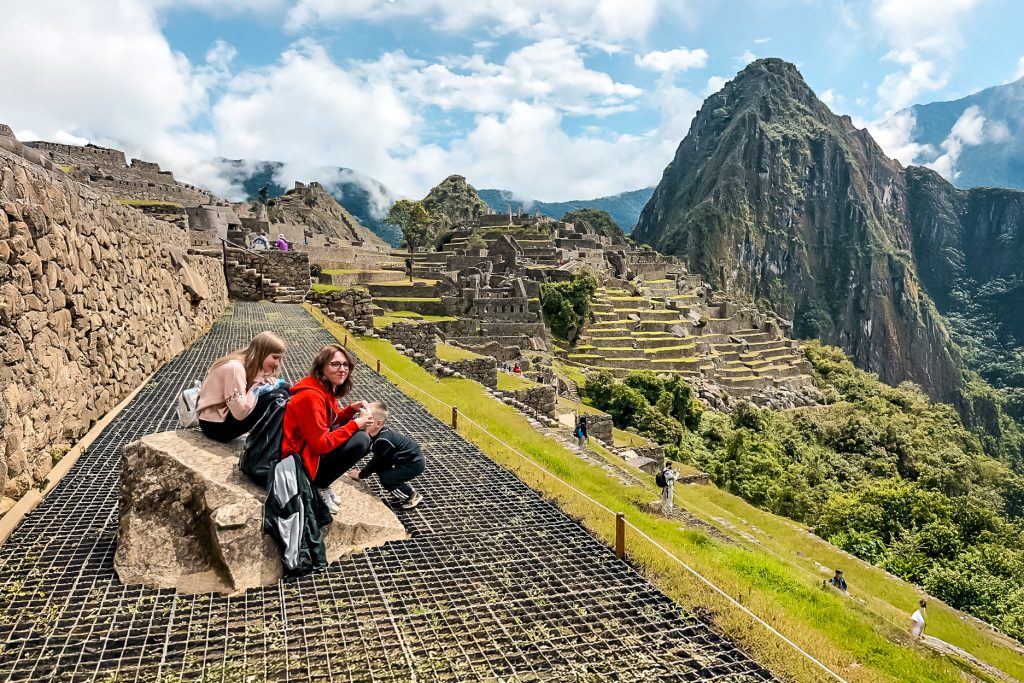
Inca Trail History
The Inca Trail to Machu Picchu is actually part of a vast network of ancient paths known as the Qhapaq Ñan in Quechua, the native language of the Incas. It was built by the Incas to connect the vast territories of the Inca Empire, known as Tahuantinsuyo. Although the city of Cusco was the capital of the empire, this impressive system stretches over 30,000 kilometers (18,641 miles) and linked the four regions of the empire.
A curious fact about the Incas: Quechua was the main language spoken during the Inca Empire. Despite centuries of colonization, over 10 million people in South America still speak Quechua today. In Peru alone, more than 3 million people continue to use this ancestral language in their daily lives.
The Qhapaq Ñan crossed Peru, Brazil, Colombia, Ecuador, Bolivia, Chile, and Argentina—showcasing the immense reach of the Inca civilization. It crossed Peru, Brazil, Colombia, Ecuador, Bolivia, Chile, and Argentina—showcasing the immense reach of the Inca civilization. Along the way, the Incas left their footprint by building administrative centers, ceremonial sites, suspension bridges, and small settlements that ensured communication, control, and cohesion across the vast territories.
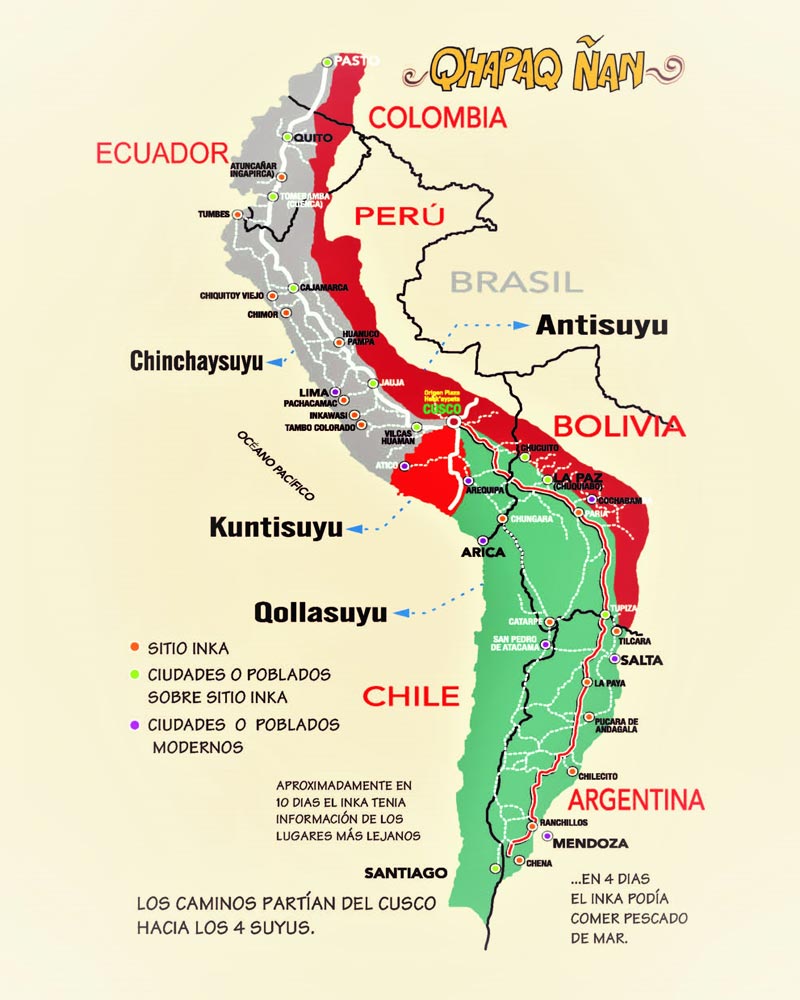
When the Inca Trail came to light
The specific section of the trail leading to Machu Picchu was brought to global attention by Hiram Bingham, the explorer credited with the scientific discovery of Machu Picchu in 1911. Between 1912 and 1915, Bingham and his team began clearing the trail, revealing what is now considered one of the most iconic routes in the world. Although the trail already existed and was used by the Incas and the local Andean communities, it was Bingham who brought it to public attention.
Historians believe this path served as a ceremonial pilgrimage route for Inca emperors during the 15th century. Inca Pachacútec, who commissioned the construction of Machu Picchu, was also the main driving force behind the development of the Inca Trail to connect Cusco with the citadel. Today, it’s the most famous trek in South America and a bucket-list experience in Peru for travelers from around the world.
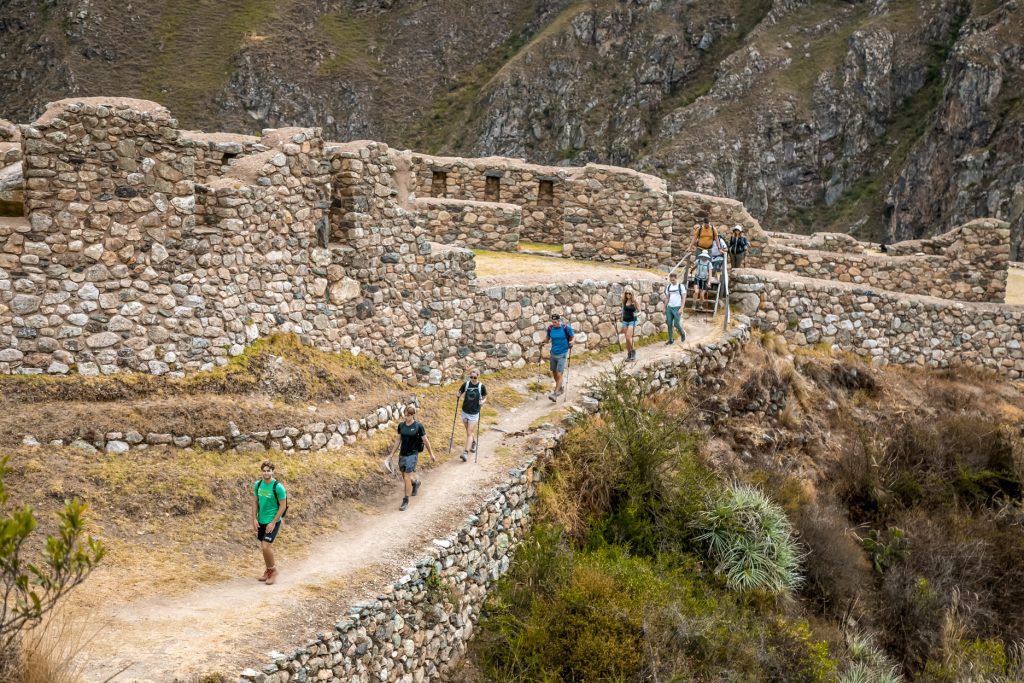
Why Is the Inca Trail so Popular?
There are several reasons why the Inca Trail is one of the most famous and popular routes in the world today. Let’s take a look at some:
- Historical significance. The trail follows the original route used by the Incas to reach Machu Picchu. Walking these ancient paths allows travelers to step into history and connect with a powerful and advanced civilization.
- Multiple archeological sites. You get to visit other incredible Inca archaeological sites that can only be reached on foot, and are unique to this route.
- It takes you to Machu Picchu. It allows you to discover one of the Seven Wonders of the World, and it’s the only hiking route that brings you directly to the citadel.
- Pass through the Inti Punku. The trail ends at the Inti Punku (Sun Gate), the original entrance to Machu Picchu. From here, you’ll get a special view of the citadel at sunrise.
- Scenic views. It shows the impressive natural environment of the Andes and its various ecosystems, featuring stunning landscapes. From high mountain passes to lush forests, it reveals the breathtaking natural beauty of Peru.
- Cultural Connection. Guided tours on the Inca Trail include local guides, offering cultural insights, traditional food, and a closer connection to the Andean way of life.
- Challenge and Reward. The trek is physically demanding, but that makes reaching Machu Picchu all the more rewarding. It offers a deep sense of accomplishment for those who complete it.
The Qhapaq Ñan was declared a UNESCO World Heritage Site in 2014, recognized for its historical and engineering significance. UNESCO described it as “an engineering marvel” that must be preserved for future generations.
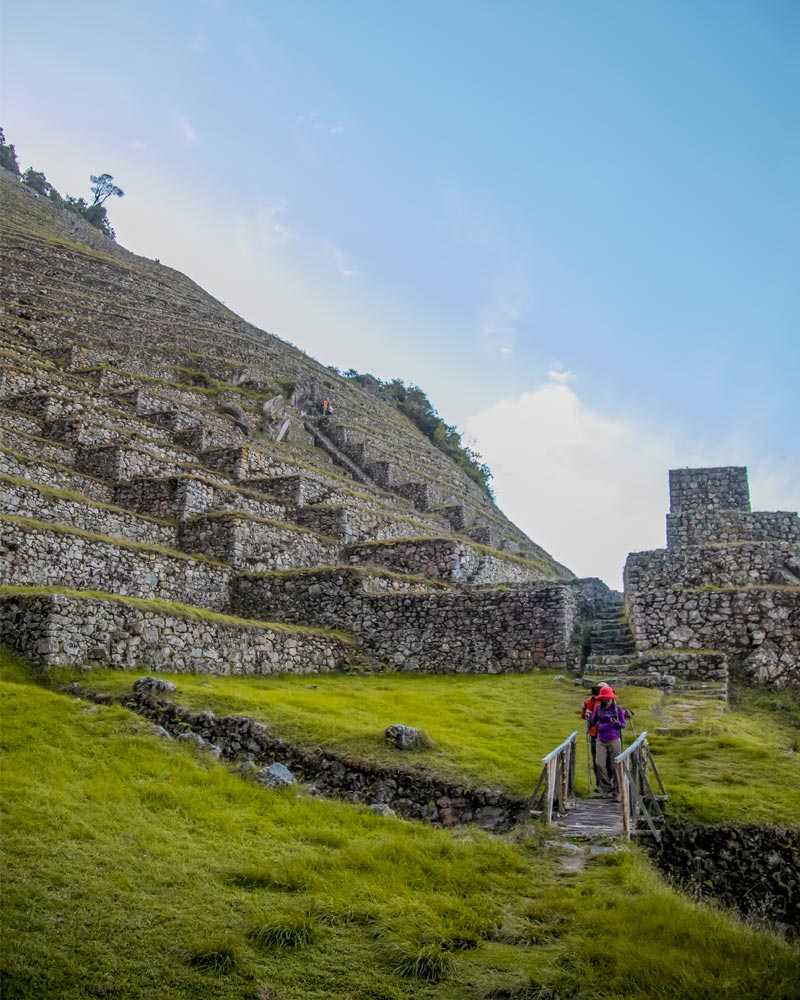
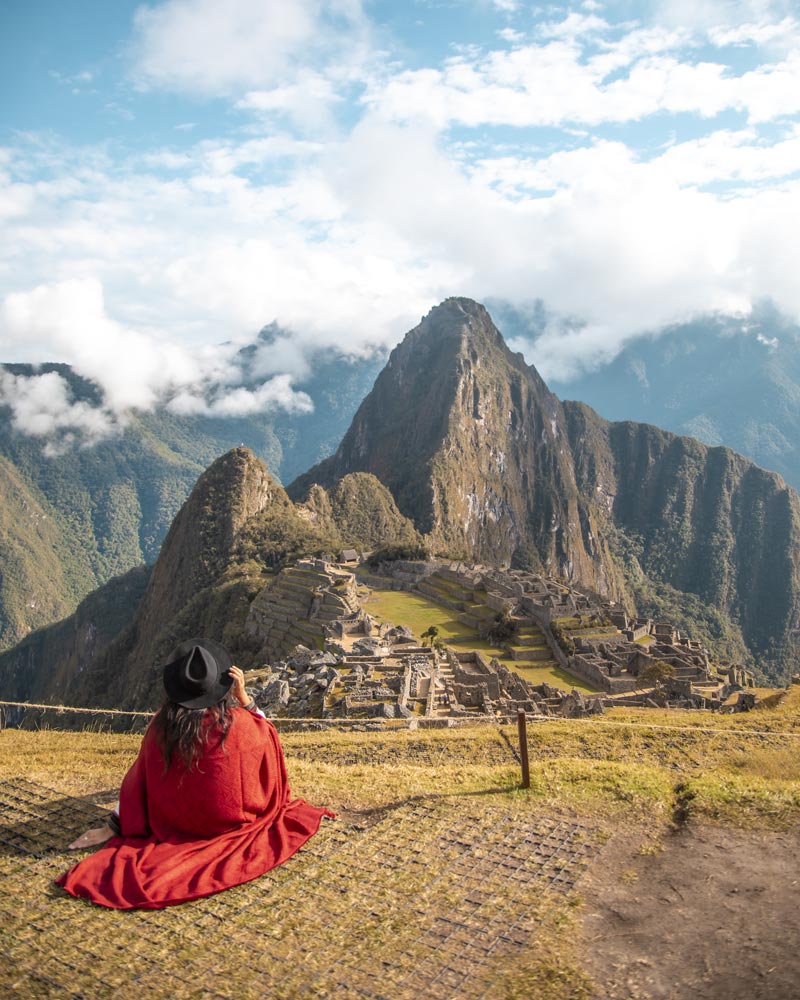
Everything You Really Need to Know Before Hiking the Inca Trail
So that you won’t be left with any questions unanswered, here’s a special list with everything you need to know about the trek and the main tips before hiking the Inca Trail.
You Need a Special Permit
Yes — if you want to hike the Inca Trail to Machu Picchu, you must obtain a special permit and go with a licensed tour operator. Due to the trail’s historical, cultural, and environmental importance, the Peruvian government has implemented strict regulations to protect it. To manage its preservation, the number of daily visitors is limited. Only 500 people per day are allowed on the trail — and this includes guides, porters, and cooks. That means only about 200 permits are available each day for travelers worldwide.
Because of this strict limit, Inca Trail tickets sell out quickly, often months in advance—especially for the high season (May to September). If you’re planning to hike the Inca Trail, it’s crucial to book your tour well ahead of time to secure your spot.
It’s necessary to book in advance
Due to the strict limit on the number of people allowed on the Inca Trail and the high global demand, you’ll need to book your spot 5 to 6 months in advance. Permits sell out quickly—especially for the dry season (May to October)—so planning ahead is essential. To secure your place, get in touch with a licensed tour operator like Salkantay Trekking, which has great experience in the routes of Cusco and the Inca Trail. They’ll inform you when tickets go on sale and whether there is still availability for your preferred dates. Booking late often leads to disappointment, as spots can be gone.
Check the availability! At Salkantay Trekking, we provide you with a schedule with the Inca Trail availability so you can organize your trip.
You Need a Guide
Hiking the Inca Trail on your own is not allowed—you must be accompanied by a certified guide. This regulation helps protect both travelers and the trail itself. For this reason, most people choose to join an organized tour that includes everything needed for the journey: a professional guide, porters, and cooks.
Going with a group ensures safety, enhances your experience with cultural and historical insights, and allows you to fully enjoy the trek without worrying about logistics.
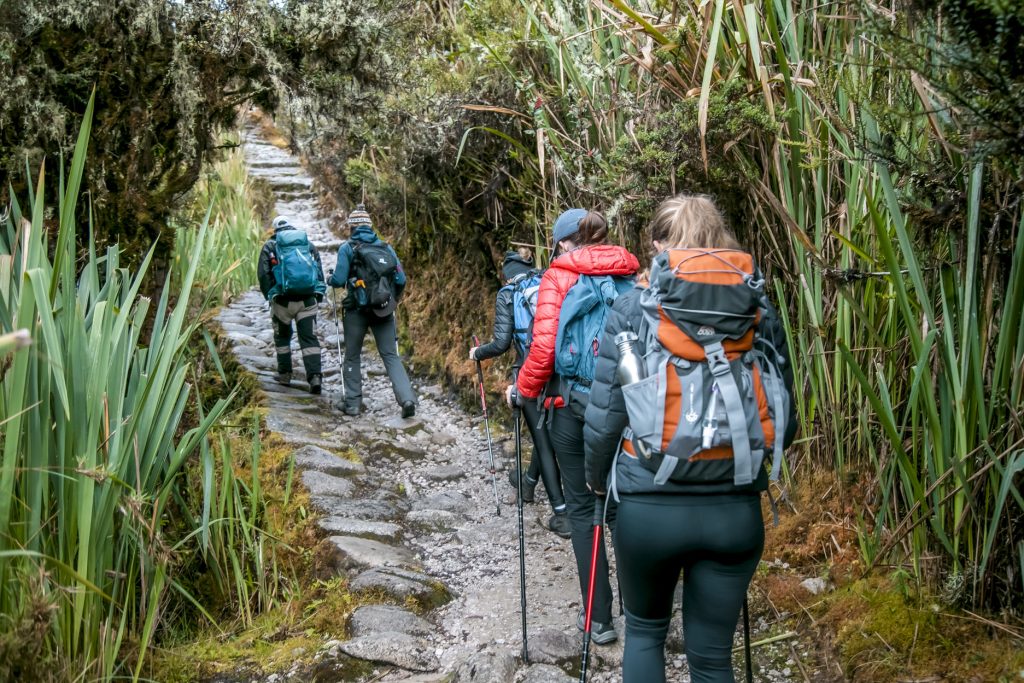
The Weather is Unpredictable
The weather on the Inca Trail can change quickly and without warning. While the rainy season typically runs from November to April, spontaneous rains can surprise you anytime. The dry season, from May to October, usually brings sunny and dry days, but it can still rain occasionally. That’s why it’s important to be prepared for both sun and rain at any time of year.
Essential items to wear on the Inca Trail: wear sunscreen, a sun hat, and a lightweight waterproof jacket or poncho. Also, keep in mind that the trail crosses through various microclimates, so you’ll experience both warm valleys and chilly mountain passes. Layered clothing is key to staying comfortable throughout the journey.
It’s a Challenge
That’s right. This trek is not for the faint-hearted. The Inca Trail is a physically demanding trek, with a moderate to challenging difficulty, but it’s also one of the most rewarding experiences in South America. Spanning approximately 44 km/27.34 miles on the classic 4-day route, it includes steep ascents and descents, uneven stone steps, and high-altitude mountain passes.
The combination of altitude, rugged terrain, and multi-day hiking makes the trail challenging, even for experienced hikers. However, with proper preparation and before your trek, most travelers in good health can complete the route. You’ll also be camping each night with some fantastic views, but you’ll be going back to basics with very few facilities. Don’t worry, though, as the rewards are well worth it when you see your surroundings and end up at the incredible Machu Picchu.
What makes the effort worth it? Spectacular Andean landscapes, ancient Inca ruins, lush cloud forests, and the once-in-a-lifetime moment of arriving at Machu Picchu through the Sun Gate (Inti Punku).
You will walk a lot
On the Inca Trail, you’ll be hiking for several hours each day across steep, uneven, and often rugged terrain. The Inca Trail covers a total of 44 km / 27.34 miles. It takes 4 days to complete the route, and the daily distances are:
- Day 1: 14 km / 8.7 miles in 6.5 hours of hiking.
- Day 2: 16 km / 9.94 miles in 8.5 hours of hiking.
- Day 3: 9 km / 5.6 miles in 4.5 hours of hiking.
- Day 4: 5 km / 3.11 miles in 2.5 hours of hiking.
To fully enjoy the trek, it’s essential to come well-prepared. High-quality, broken-in hiking boots are a must, and trekking poles can greatly reduce stress on your knees and ankles. Dress in moisture-wicking layers to adapt to changing temperatures, and be sure to carry snacks, plenty of water, sun protection, insect repellent, and rain gear—the Andean weather can shift rapidly.
There are a lot of stairs
Although they haven’t been counted one by one, it is known that there are approximately 70,866 steps on the Inca Trail. A large portion of the trek consists of original Inca stones, including countless cobbled paths and ancient rock stairs. This makes the experience both historically enriching and physically challenging.
With the right gear and preparation, you’ll be ready to take on this unforgettable adventure.
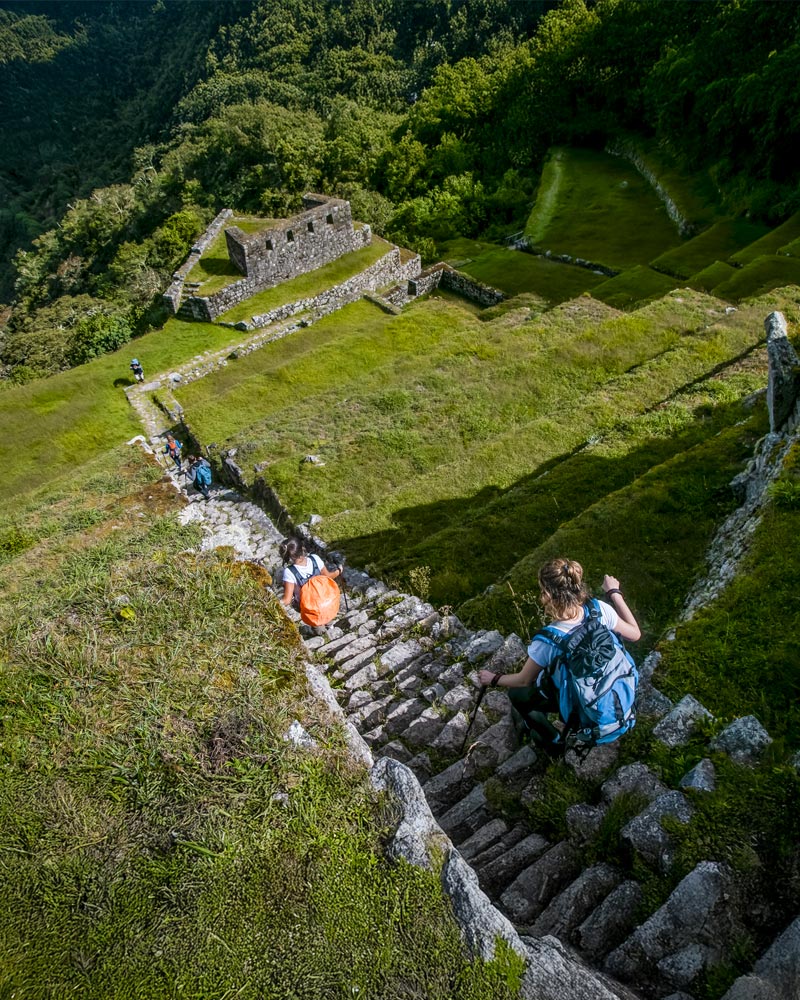
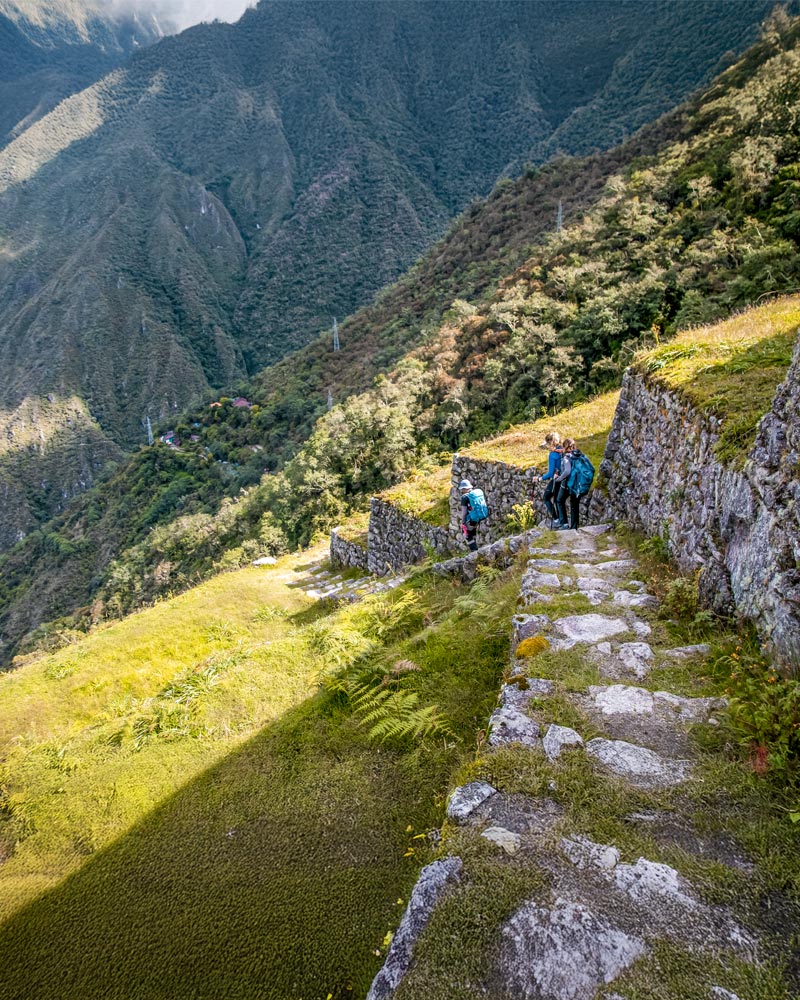
Pack Lightly
If you book the Inca Trail with an agency like Salkantay Trekking, our porters will carry your personal belongings inside a duffel bag up to 7 kg (15.4 lb). Make sure to pack only the essentials—don’t overload it so you don’t surpass the weight limit.
You’ll also carry a day pack with the most useful items you’ll need during the hike: water, sunscreen, insect repellent, and a poncho or lightweight rain jacket. Keep it light to avoid unnecessary strain as the day progresses.
Prepare for the Altitude
As mentioned earlier, the Inca Trail takes place at high altitude, which can be physically demanding—especially if you’re not used to it. To reduce the risk of altitude sickness and ensure a safer, more enjoyable trek, you should spend at least 2 to 3 days of acclimatization in Cusco before starting the hike.
Cusco, the historical capital of the Inca Empire, sits at 3,399 meters (11,150 ft) above sea level. Spending time here not only helps your body acclimate to the lower oxygen levels but also allows you to explore the city’s rich history, vibrant markets, and nearby archaeological sites. There are a lot of tours in Cusco to enjoy before starting your trek, so prepare properly and make sure you have an incredible experience.
You’ll See a Lot of Archaeological Sites
One of the reasons this trek is so popular is that Machu Picchu isn’t the only Inca site you’ll visit. Along the way, you get to visit other places that can only be reached on foot and by those who opt for this incredible journey. These are the main archaeological sites on the Inca Trail:
- Llactapata: An ancient agricultural site with large terraces and sweeping views of the Sacred Valley.
- Runkurakay: A small, semicircular ruin on a hilltop, offering panoramic views of the mountains.
- Sayacmarca: Known as the “Inaccessible Town,” built on a steep ridge with impressive stonework.
- Phuyupatamarca: Called the “City Above the Clouds,” it features ceremonial fountains and misty terraces.
- Intipata: Terraced slopes used for farming, showcasing Inca expertise in high-altitude agriculture.
- Wiñay Wayna: One of the trail’s highlights, with beautiful terraces, ritual baths, and temples.
- Inti Punku (Sun Gate): The original entrance to Machu Picchu, offering the first stunning view of the citadel.

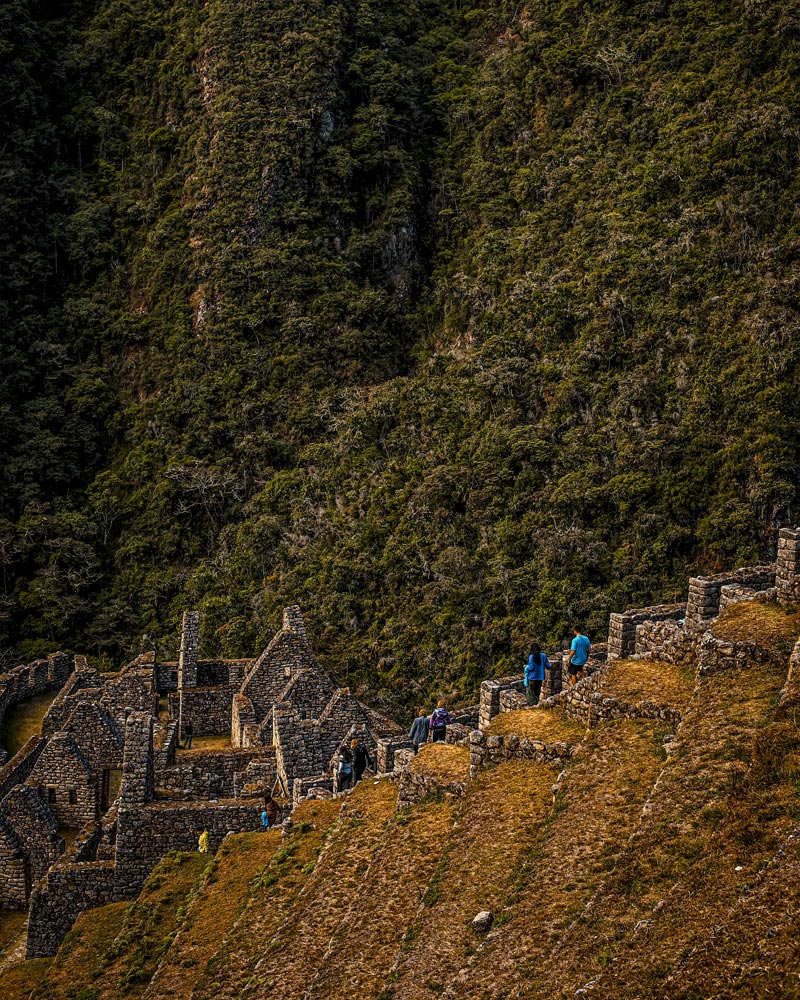
Huayna Picchu and Machu Picchu Mountain Are Separate Permits
Your Inca Trail permit does not include access to Huayna Picchu or Machu Picchu Mountain—two iconic peaks that offer incredible views of the citadel. If you want to climb any of the Machu Picchu mountains that surround the fortress, you’ll need to purchase an additional ticket in advance.
These tickets are limited and in high demand, so it’s essential to book early. When reserving your Inca Trail trek with your tour agency, be sure to also request the ticket for your preferred mountain to secure your spot.
What If I Can’t Get a Permit for the Inca Trail?
Permits for the Inca Trail sell out fast, especially during the dry season (May to October). If you don’t manage to get your ticket, don’t worry. There are several amazing alternative treks to Machu Picchu that don’t require a permit and still offer breathtaking views, Inca ruins, and unforgettable experiences.
Some of the most popular options include:
- Salkantay Trek: Stunning views of snow-capped peaks, lagoons, and cloud forests. You’ll have the opportunity to sleep at our exclusive campsites with all the amenities and amazing views of the Andes.
- Lares Trek: Cultural immersion with Andean communities, local wildlife, and remote trails. Includes Maras before reaching Machu Picchu.
- Ancascocha Trek: Challenging route with breathtaking panoramic views and few tourists. Perfect for those seeking solitude and nature.
- Huchuy Qosqo: Short and easy hike to an archaeological site with incredible views of the Sacred Valley. Ends at Machu Picchu.
- Inca Jungle: Pure adventure: biking, hiking, rafting, and zip-lining. Includes the Inca archaeological site of Llactapata and finishes at Machu Picchu.
- Inca Quarry: Lesser-known trail through Inca quarries, waterfalls, and Inti Punku. Ends in Aguas Calientes with Machu Picchu.
REMEMBER: Even though these routes don’t require a special permit to access, they are still subject to the availability of tickets to Machu Picchu. Make sure to book with enough time to secure your ticket.

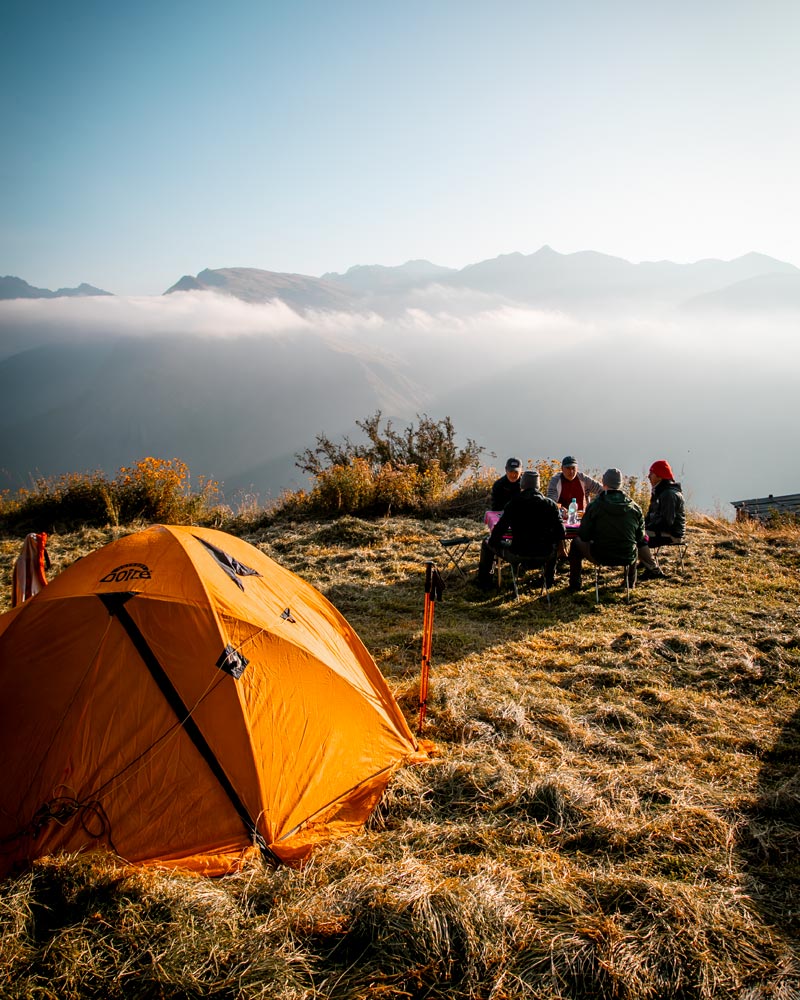
Inca Trail Variants
One Day Inca Trail
- A ~9 km hike that starts at km 104 and passes through Chachabamba and Wiñay Wayna, ending at the Sun Gate (Inti Punku) and Machu Picchu.
- Moderate difficulty; elevation between 2,040 m and 2,720 m.
Classic Inca Trail (2 days/1 night)
- Begins at km 104 near Ollantaytambo, passing Wiñay Wayna and the Sun Gate before arriving at Aguas Calientes. Includes hotel overnight stay.
- Day 2 includes a 2-hour guided tour of Machu Picchu and return by train and bus to Cusco.
Salkantay Trek + Short Inca Trail (5 days)
- Combines the dramatic landscapes of the Salkantay Trek (including Humantay Lake) with a final segment of the Inca Trail to Machu Picchu via the Sun Gate.
- Features mountain camps, diverse ecosystems, and an authentic Inca Trail finish.
Salkantay Trek + Full Inca Trail (7 days)
- The most complete route: hike the Salkantay and then join the classic Inca Trail, crossing Wiñay Wayna and arriving at Machu Picchu through Inti Punku.
- Perfect for combining the Andean wilderness with the historic trail to Machu Picchu.
Frequently Asked Questions
Planning your adventure to the Inca Trail, many questions—so we’ve gathered the most common ones to help you prepare with confidence.
Where Does the Classic Inca Trail Start and Finish?
The Classic Inca Trail lasts for 4 days, with a total of 44 km/27.34 miles. It begins at Km 82, in the village called Patallaqta, at 2,700 meters/8,858 feet above sea level. The ending point is at the Sun Gate (Inti Punku) at Machu Picchu, at 2,720 meters/8,924 feet.
What is the highest point on the trail?
The highest point on the Inca Trail is the Dead Woman’s Pass (Warmiwañusca), which reaches an altitude of 4,215 meters (13,828 feet) above sea level.
It’s the most challenging ascent of the trek, but also one of the most rewarding, offering stunning panoramic views of the surrounding mountains and valleys.
When to Hike the Inca Trail
From November to April, it’s the rainy season—there are fewer tourists, but you’ll need to be ready for wet and muddy conditions. The dry season, from May to October, offers sunny days and cold nights, making it the most popular time to hike, but also the most crowded.
We recommend hiking the Inca Trail in April, May, September, or October. These months offer the best of both worlds—mostly sunny days with little rain and fewer crowds compared to peak season. Of course, the final choice depends on your preferences. Think about the weather, the number of visitors, and trail conditions when picking your ideal dates.
BE CAREFUL: The Inca Trail is closed in February for maintenance, so do not plan your visit for this month because it will be impossible.
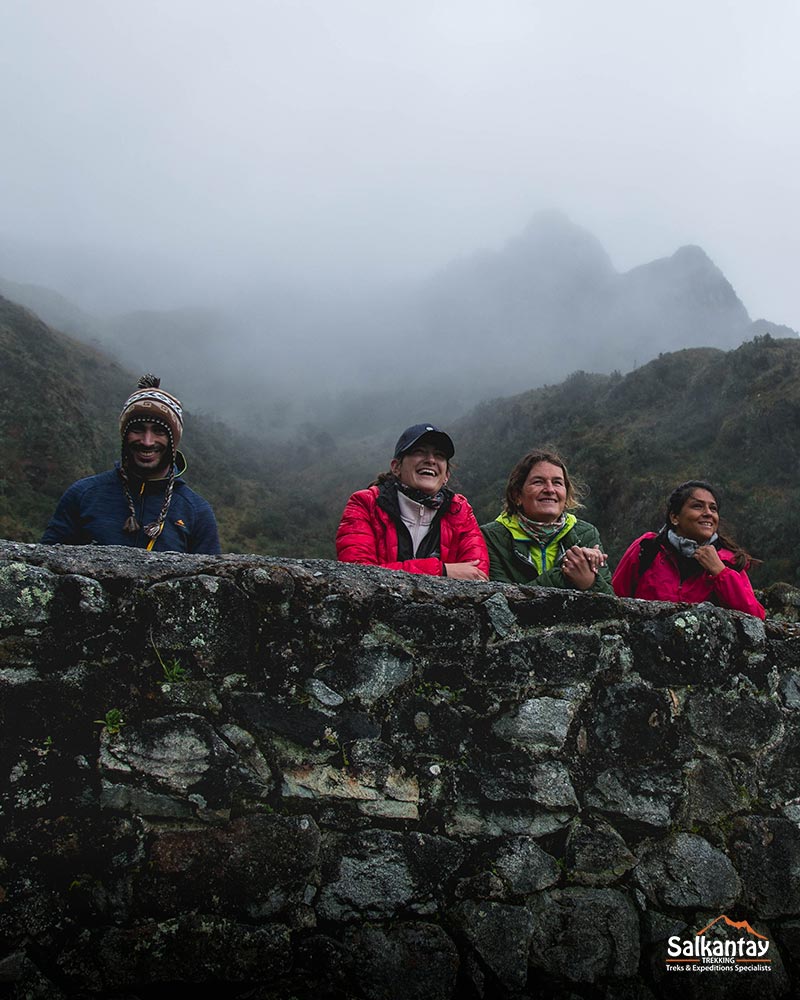
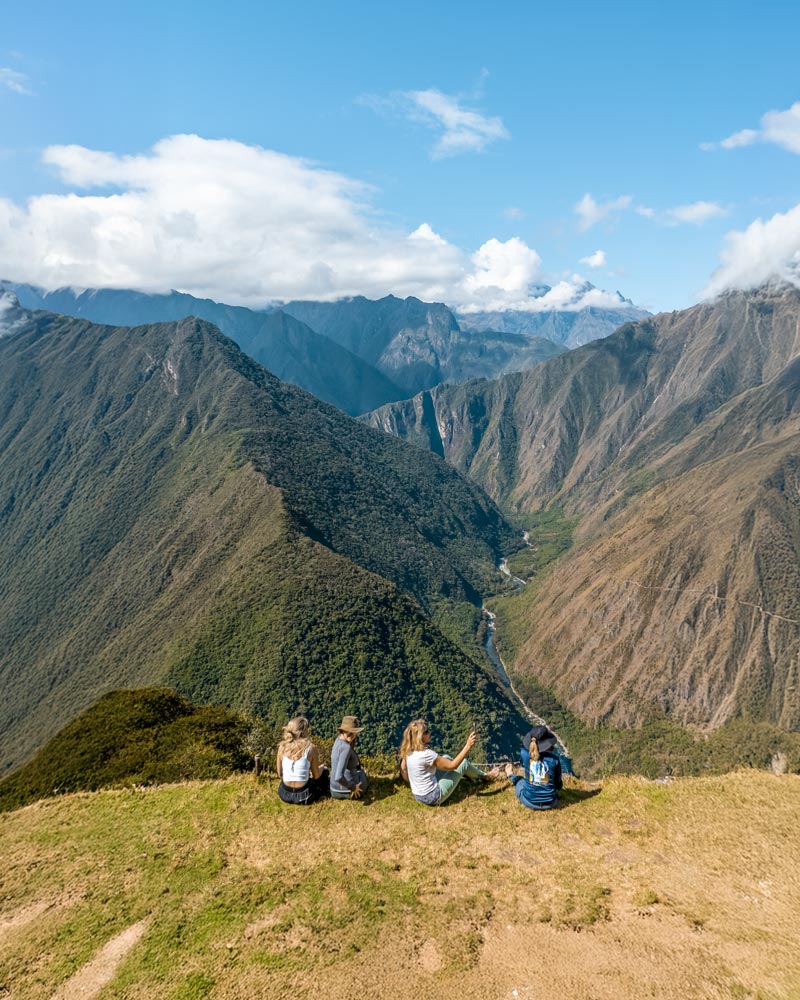
What happens if I get altitude sickness
Don’t worry—the guides of Salkantay Trekking will take care of you. They always carry an oxygen tank and plenty of water to help you breathe more easily and stay hydrated if symptoms appear. They also undergo regular first aid and rescue training to ensure your well-being on the route.
You can also talk to your doctor before your trip about medication options, or try local remedies once you’re here—like drinking coca tea, a traditional and effective method used by locals for centuries.
Is it possible to abandon the trek if I feel sick?
Yes, if you feel sick or unwell, one of our staff members will accompany you to the nearest point where our private transportation can take you back to Cusco.
On the 4-day Inca Trail route, if it happens within the first two days, we’ll return to the starting point of the trek at Km 82. If it happens during the last two days, we’ll accompany you to Aguas Calientes, the town at the base of Machu Picchu. From there, you’ll take a train to Ollantaytambo in the Sacred Valley, and then our private transport will take you back to Cusco.
Can a beginner hike the Inca Trail?
Yes, but prior preparation is absolutely necessary. If you’re not used to hiking or walking long distances over several days, we strongly recommend training and getting physically ready for the Inca Trail.
To learn how to train, watch our video on physical preparation for trekking.
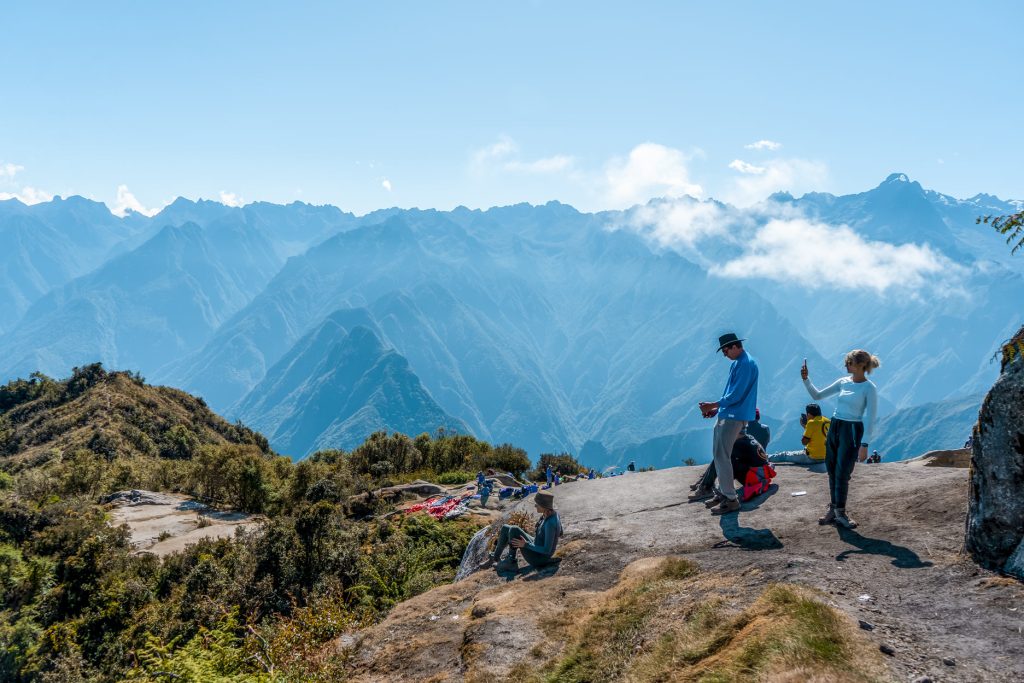
Where to sleep on the Inca Trail
Throughout the entire route, you’ll sleep in tents at campsites distributed evenly along the trail. Don’t worry! At Salkantay Trekking, we provide high-quality camping equipment to ensure your comfort along the way.
Can I go alone on the Inca Trail?
No, you can’t hike the Inca Trail on your own. You must go with a professional guide and book through a certified agency. If you’re a solo traveler, you can still join a group—but keep in mind that we only open a group with a minimum of two people.
Will I have access to restrooms along the trek?
Yes, Salkantay Trekking provides portable toilets along the route, and you’ll also find basic, rustic bathrooms at the campsites. Be sure to bring toilet paper in case it’s not available.
What to pack for the Inca Trail?
To hike the Inca Trail, you’ll need:
- Hiking gear: Backpack, trekking shoes, water bottle, headlamp, sleeping bag, and trekking poles. If you don’t have a sleeping bag or poles, you can rent them from us.
- Hiking clothes: Breathable shirts, sweater, waterproof jacket, underwear and sports socks, cap or hat.
- Personal items: Sunscreen, insect repellent, small towel, swimsuit, toilet paper, wet wipes, and personal medication.
- Electronics: Camera, phone, power banks, charger.
Check out our packing list for the Inca Trail to know exactly what to bring with you.

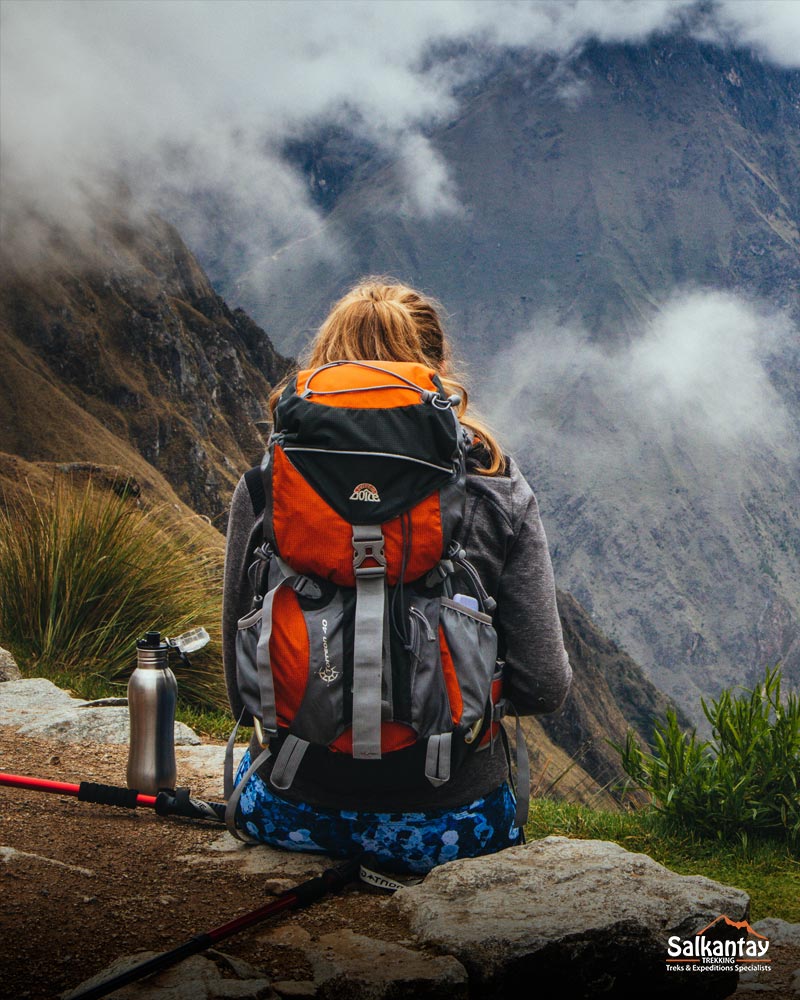
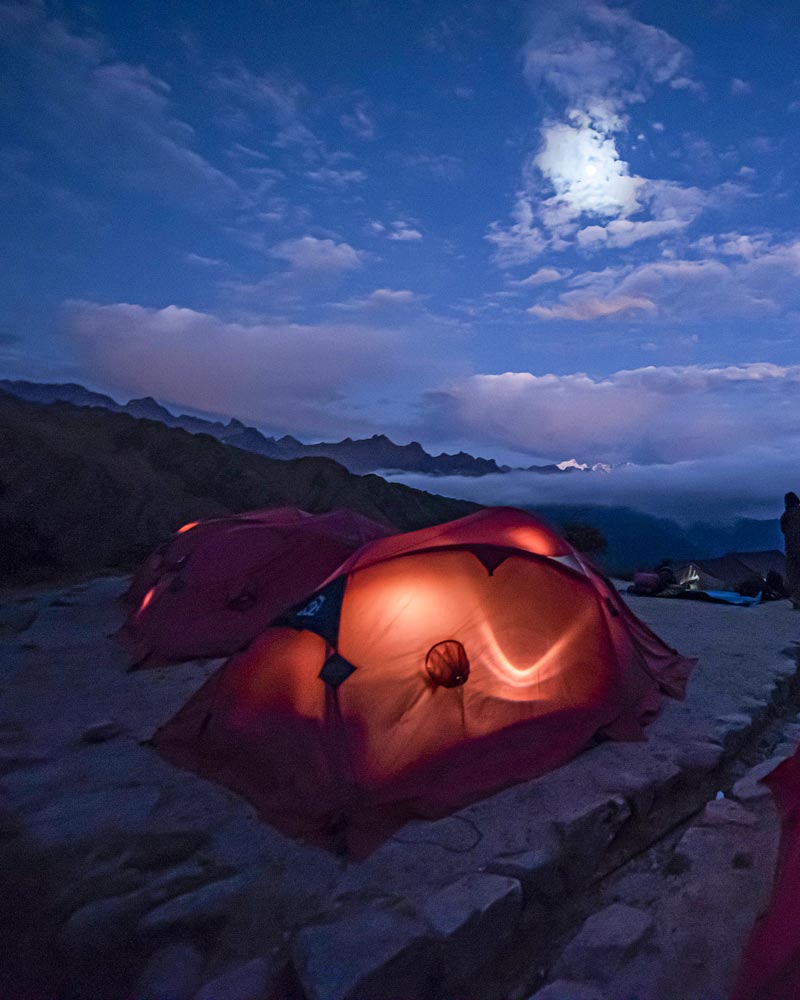
Ready for the biggest adventure of your life!
Now that you have all the essential information about the Inca Trail, it’s time to start planning your journey! We hope you enjoy this experience as much as we do every single time. This is a truly special path—full of history, breathtaking landscapes, and unforgettable moments.
See you on the trail!
You may also be interested in:
- Inca Trail Tickets: Everything You Need to Know
- What to Wear for The Inca Trail?
- Inca Trail: Essential Gear for an Unforgettable Adventure
- Chefs of the Inca Trail: Flavors That Take You to Machu Picchu
- Gyms in Cusco: Get in Shape for Your Trek
- Inca Trail vs. Choquequirao Trail: Which Is the Best Option for Your Andes Adventure?

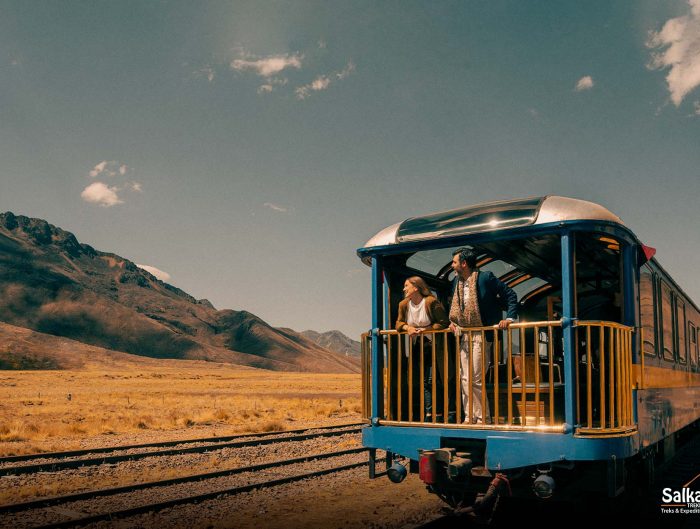
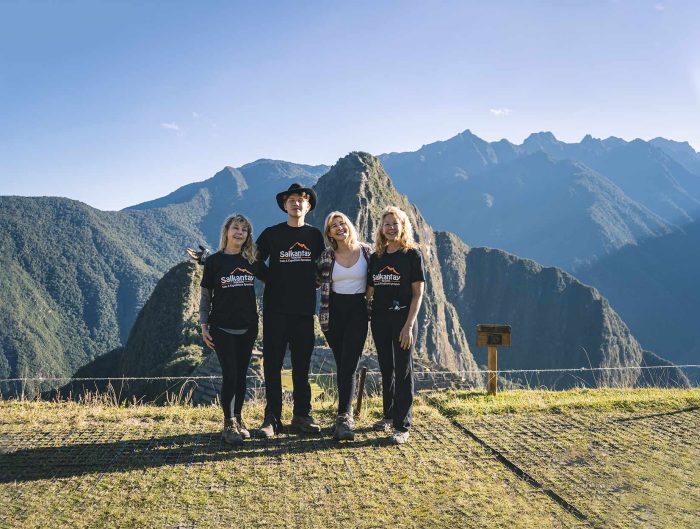
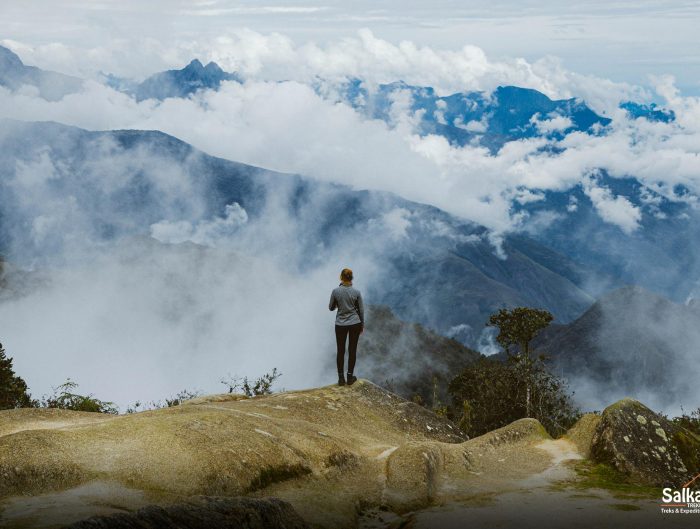
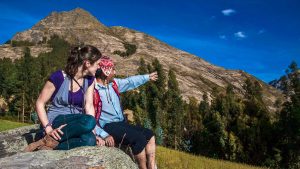
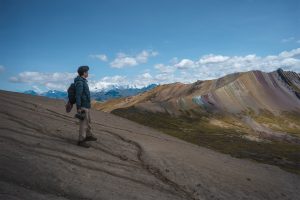
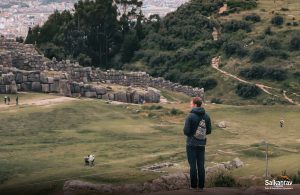
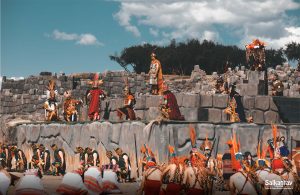
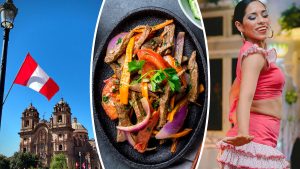

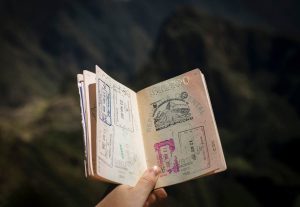
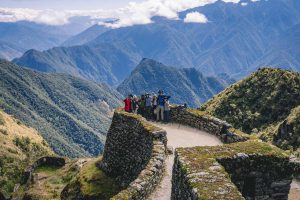

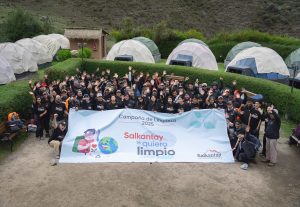
Leave A Reply